The Impact of Social Media on Art and Culture in the 21st Century
The 21st century has seen an unprecedented rise in the use of social media platforms such as Instagram, Facebook, and Twitter. With the increased availability of visual content, people have been exposed to a wide variety of art and culture from all over the world. But how has the accessibility of this content influenced the way we interact with and consume art and culture? What impact has this had on traditional art forms and cultural values? And what does the future of art and culture look like in a social media-saturated society? Let’s explore the impact of social media on art and culture in the 21st century.
The Widening of Artistic Horizons
The availability of a near-endless supply of visual content has allowed people to explore and appreciate art forms from different cultures and traditions. This has enabled people to gain a better understanding of the diversity of art and culture around the world. Social media has also enabled artists to reach a wider audience, helping to promote and spread their work to a larger audience than ever before.
The Rise of Citizen Journalists
Social media has also had a major impact on the way news is reported. With the rise of citizen journalism, anyone with a smartphone and an internet connection can now report news stories from around the world in real-time. This has had a major impact on the way we receive information and has opened up a new avenue for artists and cultural figures to share their stories and experiences with the world.
The Dissemination of Cultural Values
Social media has also had an impact on the way cultural values and traditions are disseminated. Through platforms such as Instagram and Facebook, people can share their cultural experiences with others, helping to spread cultural values and traditions to a wider audience. This has enabled people to gain a better understanding of different cultures and has also helped bridge cultural divides.
The Future of Art and Culture
As social media continues to evolve, so too does the way we interact with and consume art and culture. In the future, it is likely that social media will have an even greater impact on the way we experience art and culture. The widespread use of platforms such as Instagram, Facebook, and Twitter means that art and culture have the potential to be shared and experienced by a global audience, allowing us to appreciate and celebrate the diversity of art and culture worldwide.
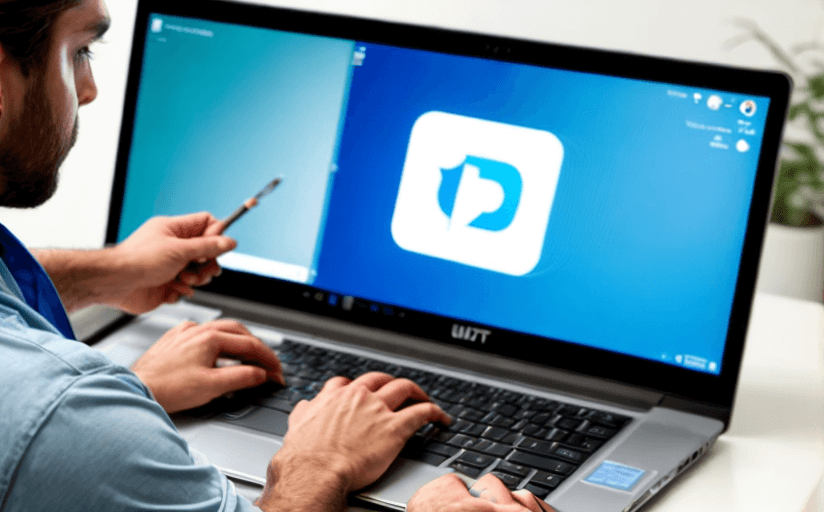
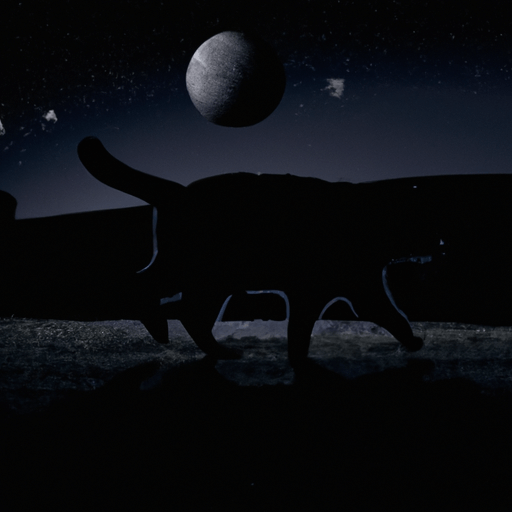
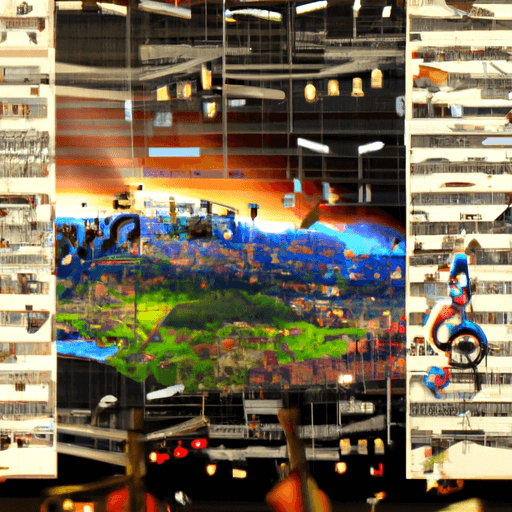
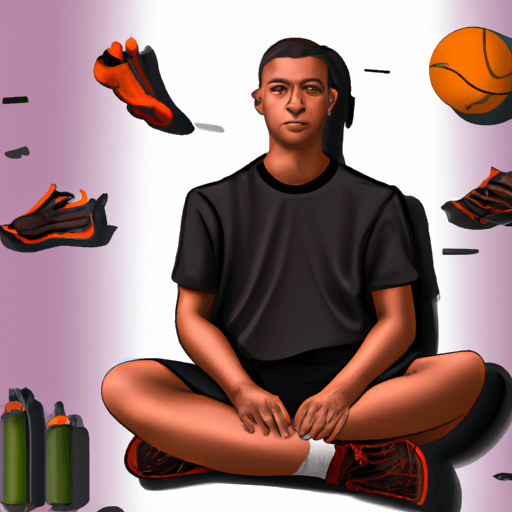
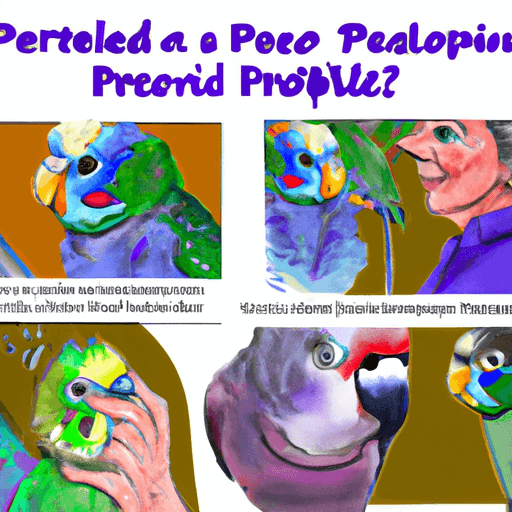

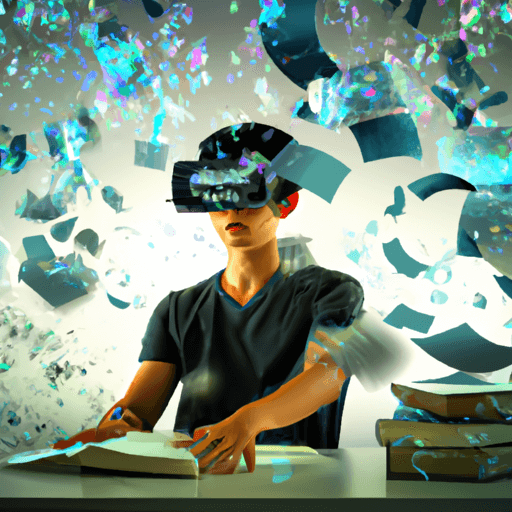
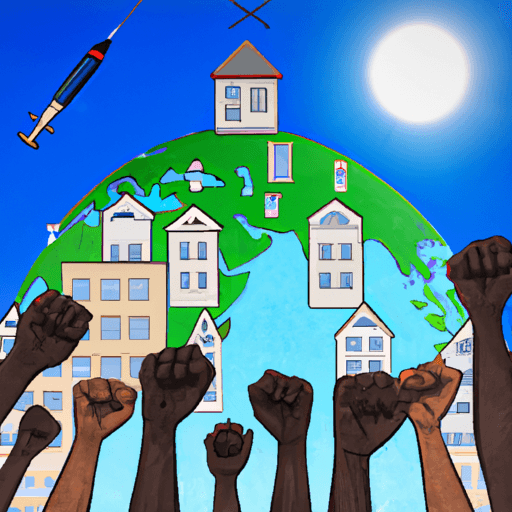

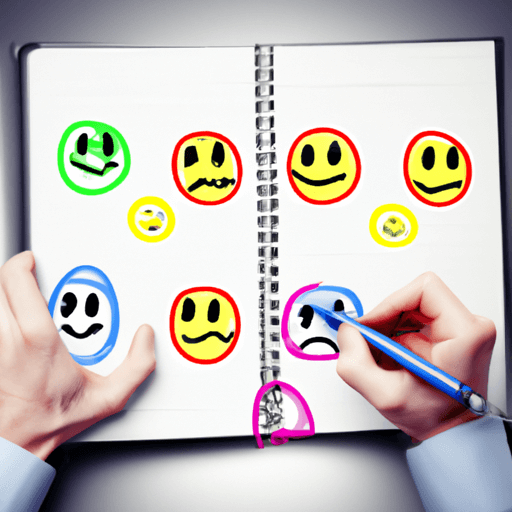
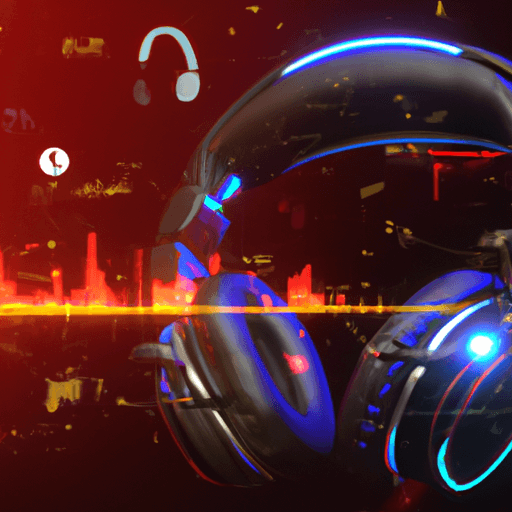
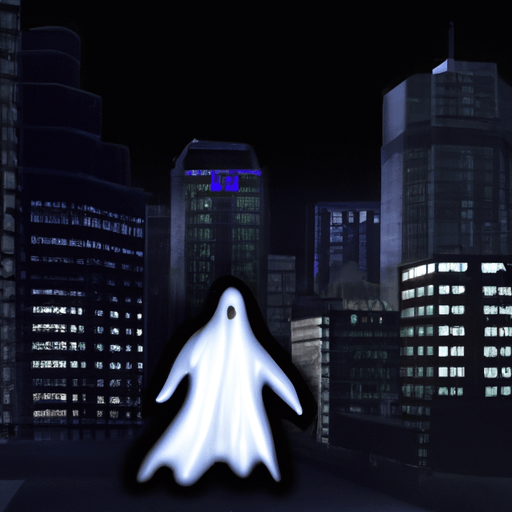
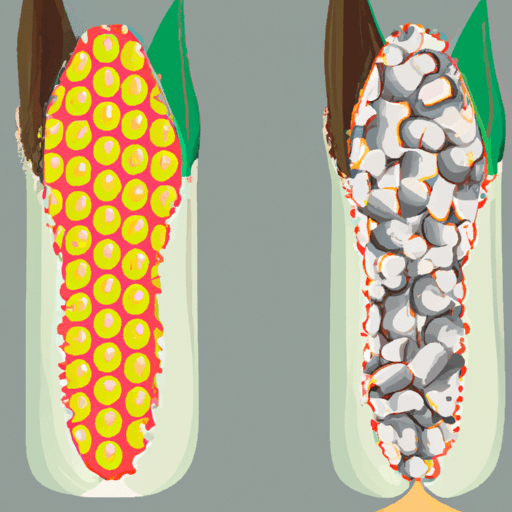
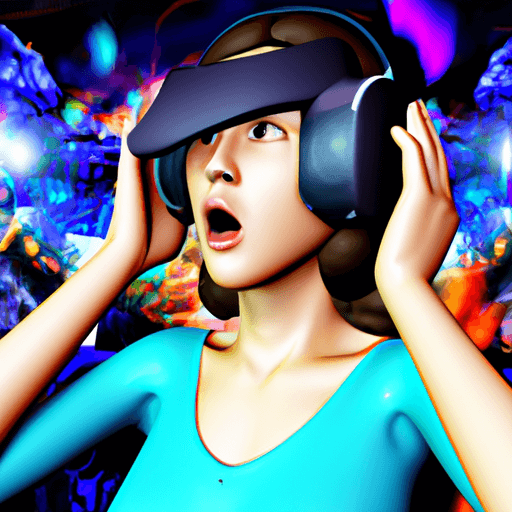
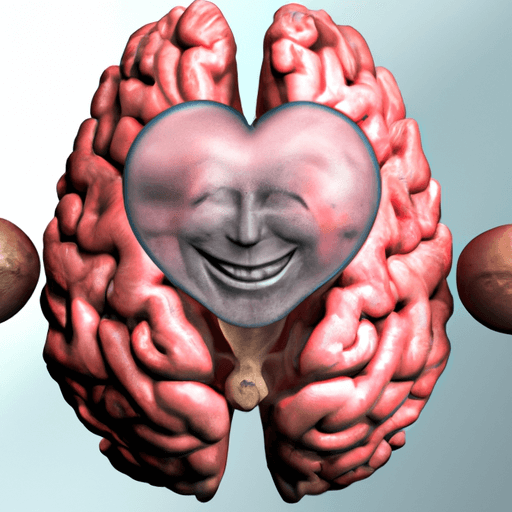
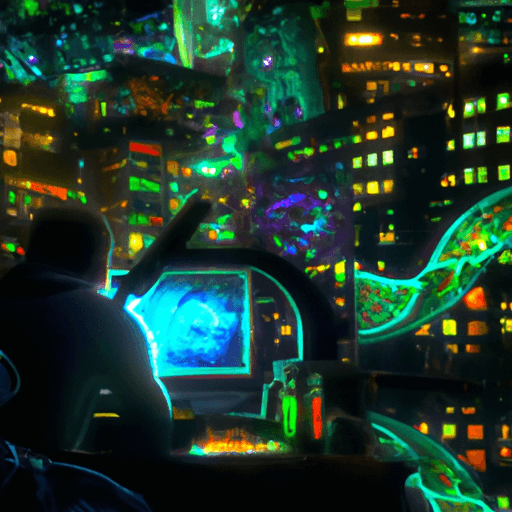
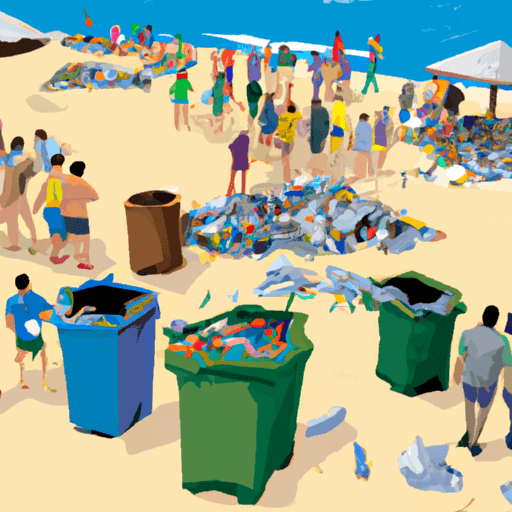
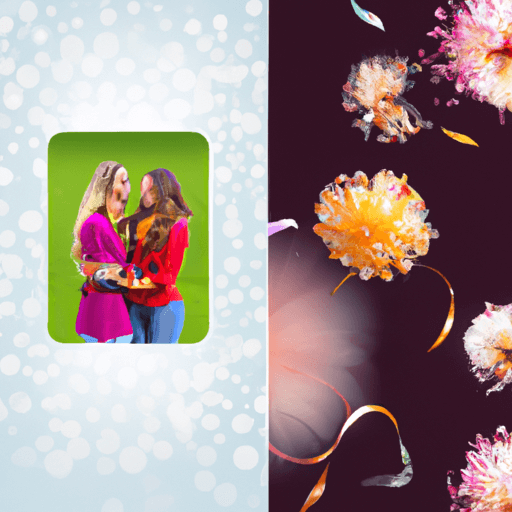
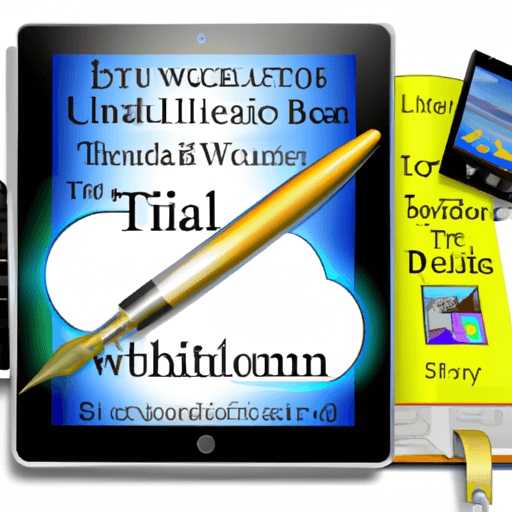
Comments
Leave a Comment